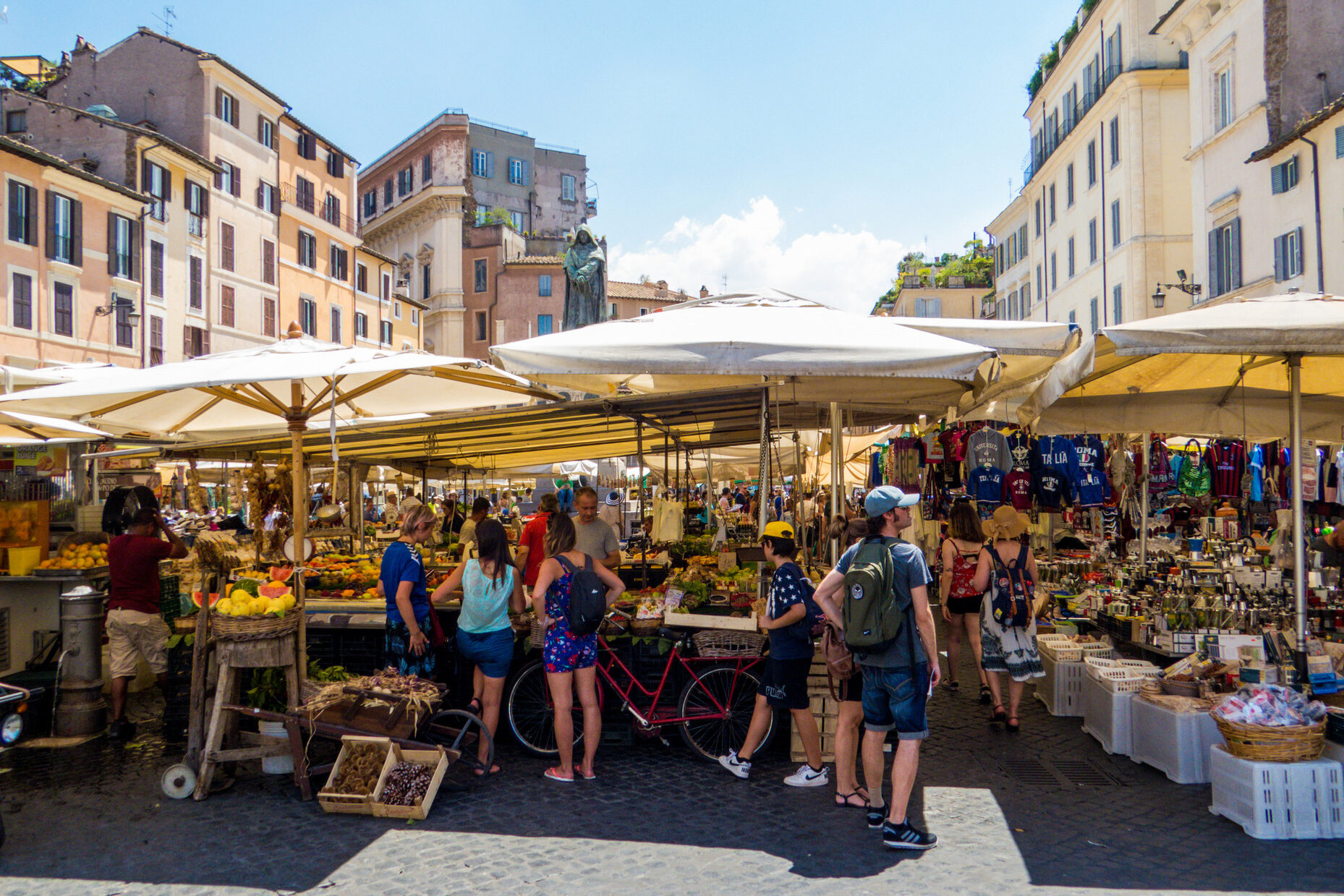John Keahey is a journalist turned travel writer who lives in Salt Lake City, Utah. Some years ago on a visit to Italy he became enamored with Italian culture: its history and art. His falling for Italy in such a big way is understandable. He joins the legions of writers since the seventeenth century who have written about their Italian journeys. Besides the book under review, he has also written Seeking Sicily, Venice Against the Sea, and A Sweet and Glorious Land: Revisiting the Ionia Sea, which I reviewed in this column when it appeared in 2000. In the latter book Keahey follows in the footsteps of George Gissing’s 1897 classic, By the Ionian Sea: Notes of a Ramble in Southern Italy.
Keahey’s Hidden Tuscany is not the conventional travel book listing those obligatory monuments and villages to visit. Nor is he interested in pointing his readers to new and undiscovered restaurants, thus rendering them both popular and avoidable. There are enough Rick Steves in the world of travel writing, and Keahey does not intend to compete with the travel industry.
Rather, in Hidden Tuscany he writes an introspective and interesting account of his travels through Tuscany’s smaller, lesser known villages. As he says more than once, he urges travelers in Tuscany, or anywhere in the world for that matter, to lift their eyes out of the standard travel book and to follow their instincts. After a month’s study of Italian in Rome this May, my wife and I left for the northern regions. We followed several of Keahey’s suggestions along our wandering route. Our plan was, like Keahey’s, just to follow our instincts. Before we departed, we did our research, which pointed us in the right directions. There is no time here to recount the architectural and art historical discoveries of our tour. I will reserve that for a later essay. No matter what a travel book proposes, the Italian cultural and historical landscape is endless. There is always more to discover that can ever be covered in a book.
I must make something clear, something that Keahey perhaps does not emphasize enough. It has become a cliché for travel writers to advise their readers how to avoid tourist sites. According to UNESCO, Italy has the greatest number of world heritage sites and contains 85% of the world’s art. New Italian sites are being added every year. There is no avoiding it: if you are a serious traveler, not merely on some sort of European adventure, you must visit Italy’s major and minor monuments. If you are not so disposed,a good tour of the Australian outback is probably something you should consider.
Of course, too many people spoil the experience of viewing art. As Keahey suggests, traveling off the grid is one technique. But what Keahey does not say is that following an itinerary that includes only obscure sites is only for the experienced traveler, the one who has been to Italy a dozen times or more and has
made an adequate review of Italy’s treasure trove of art and architecture. Otherwise, other strategies can be designed to avoid the crowds and allow for that tranquil experience required in museums and churches, such as traveling in the off season or making visits to monuments or villages later in the day when the tour buses return their passengers to their hotels for dinner. We used all three in our travels this summer with great success while visiting some of the most popular sites in the north.
To gather material for Hidden Tuscany, Keahey traveled for eight months. He spends time on the seldom visited western coast of Tuscany, mainly in and around Pietrasanta, not far from the marble quarries of Carrara, once a famous Renaissance and still a contemporary art center. Michelangelo once worked there. When he finds an English-speaking resident he can talk to, Keahey relates many stories about the artists drawn to the historic town. He speaks to established artists and then to one woman who at the age of sixty-eight reinvented herself by retiring and moving to Pietrasanta to become a sculptor, working only with marble.
Keahey travels by car, bicycle, and on foot. He follows his instincts, sets off in a direction, and given the nature of Italian villages and towns, he is nearly always rewarded. He meets people who direct him to those obscure villages or sites in the countryside that otherwise escape the average traveler.
In the region known as Versilia, there are many small villages, each with its own character. Nearly all the villages have a central piazza flanked by a church of a certain historical vintage worth visiting. He visits the medieval town of Barga and then goes on to Castelnuovo di Garfagnana. Both towns are a must for anyone traveling in the region. Tuscany’s famous countryside in between these small towns is as beautiful as it is serene.
In the remote hill-top village of Sant’Anna di Stazzema his travels take a sad turn. He discovers the well-documented German massacre of over five hundred villagers at the end of World War II. It is a site that recalls one of many such massacres throughout Italy.
In the final chapter he travels to southern Tuscany where he visits Pitigliano and two nearby villages. Sovana and Sorano. These towns are seldom visited but are incomparable in both their history and beauty. It is fitting that he ends with three such towns. They typify what most travelers identify with Italy and in particular Tuscany. Carole and I visited all three. Their medieval quarters are fascinating. But perhaps more important, Carole and I were careful to observe that wherever we went in the many remote small towns and villages we visited, the Medieval quarters are well maintained, and there was no significant vacancy factor in the commercial spaces lining the main avenues. Cafes and restaurants were filled, and business seemed brisk in all the shops. However, the traveler must always keep in mind that the unemployment rate for those under thirty-five remains nearly forty percent.
Keahey does his best to inform his serious reader and traveler about each town’s history. He has done his homework. Each of the sites is interesting not just for its beauty or its obscurity, but for what its art and its history can teach the serious traveler. In virtually every village we visited, we went directly to the village church. In the smallest churches we found famous and less famous works by artists: frescoes, paintings, and sculptures. For example, in the majestic baroque church adjacent to the mountaintop Monastery of Camaldoli, we found three perfectly restored Vasari paintings. Though this is a well-known site, in early May we were ahead of the high season and were alone in the church and able to enjoy the church and it artistic treasures. The state of restored and preserved art that we found in even the most remote and unvisited village churches is a measure of the Italian government’s commitment to preserving western culture’s unique and remarkable heritage in Italy.
Hidden Tuscany is a useful guide for the italianista, more for its message than for its destination travel tips. Above all, as Keahey does, first inform yourself and create an itinerary. Then follow your instincts. We did just that in May, and our tour of Northern Italy, by no means our first, could not have been more enjoyable and educational.
Ken Scambray is the author of A Varied Harvest: The Life and Works of Henry Blake Fuller, The North American Italian Renaissance: Italian Writing in America and Canada, Surface Roots: Stories, and Queen Calafia’s Paradise: California and the Italian American Novel.





























